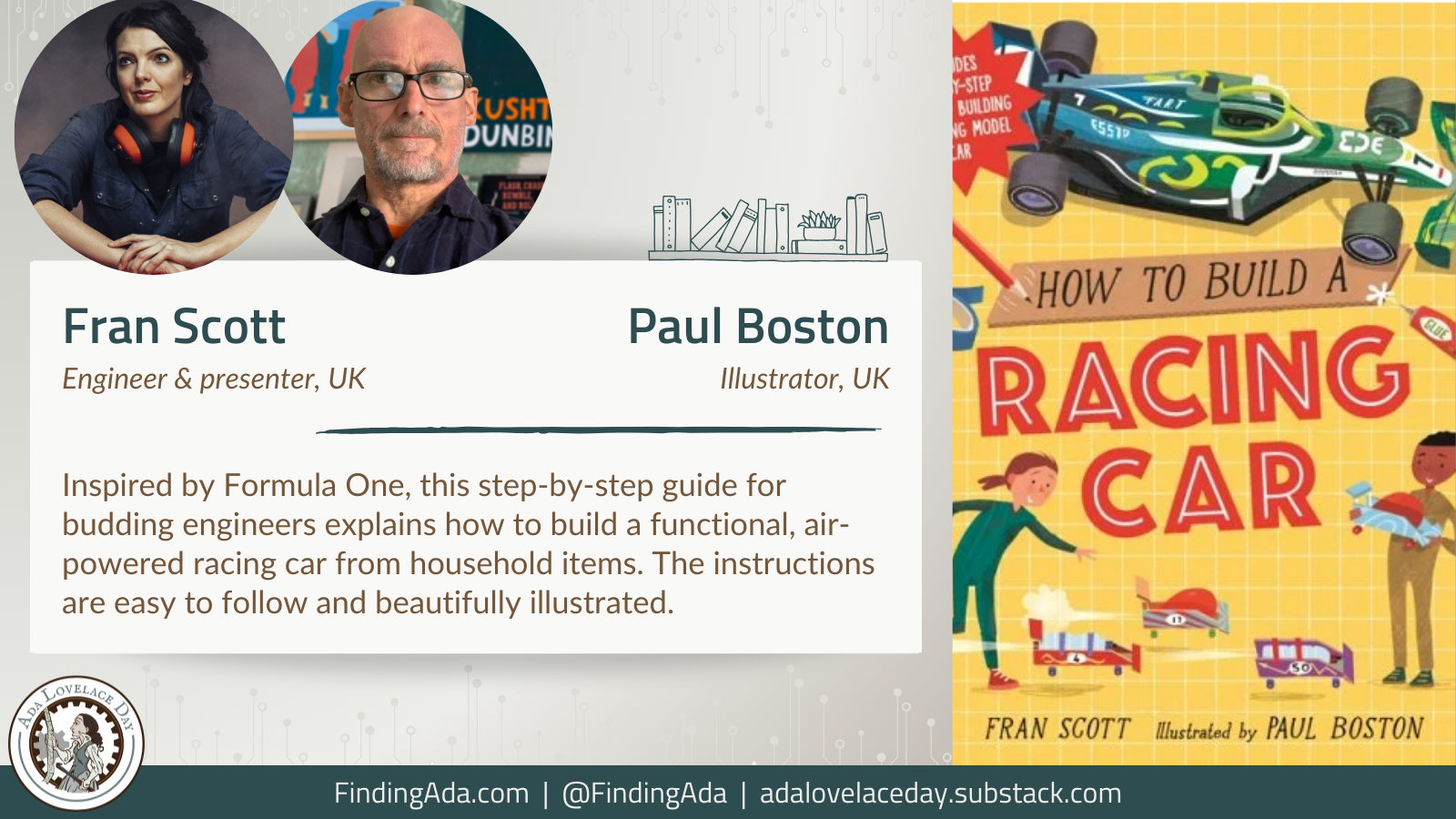
Professor Michiyo Tsujimura
Professor Emeritus Michiyo Tsujimura, 辻村みちよ, was an agricultural scientist, biochemist and educator, and the first woman to earn a doctoral degree in agriculture in Japan. Alongside her colleague Seitaro Miura, she discovered that green tea contains vitamin C. Tsujimura’s research into the chemical components of green tea and its corresponding health benefits is credited with helping to popularise the drink internationally, particularly in the United States.
Tsujimura was born on 17 September 1888 in what is now Okegawa, a city northwest of Tokyo. She initially worked as a high school teacher, but dreamed of a career in science. At the time, female students were rarely accepted into Japanese universities, which meant Tsujimura had to be creative. In 1920, she began volunteering as a laboratory assistant in the agricultural chemistry department at Hokkaido Imperial University, researching the nutrition of silkworms. The role was unpaid, but it got Tsujimura where she wanted to be: in a lab.
She transferred to the medical chemical laboratory at Tokyo Imperial University in 1922, but her time here was cut short when an earthquake destroyed key academic buildings. And so Tsujimura moved to the scientific research institute RIKEN, where she was accepted as a research student working on nutritional chemistry.
It was at RIKEN that Tsujimura discovered Vitamin C in green tea in 1924, co-authoring an article with Miura about their findings in the journal Bioscience, Biotechnology, and Biochemistry. Their research has been credited with dramatically boosting the market for green tea in the US. Tsujimura continued to study the chemical components of green tea throughout the 1920s and into the next decade, isolating and extracting the compounds catechin, tannin and gallocatechin, all of which are still recognised for their anticancer properties. In 1932, she was awarded her doctorate in agriculture from Tokyo Imperial University, the first woman to gain such a qualification in Japan.
Tsujimura held research positions at RIKEN before being appointed professor at Ochanomizu University in 1949. She also served as a lecturer at Jissen’s Women’s University and as the first dean of the faculty of home economics at Tokyo Women’s Higher Normal School. Over the course of her career she published more than 20 academic papers and continued to teach until 1963.
In 1968, Japan’s emperor honoured Tsujimura with an Order of the Precious Crown in recognition of her contributions to science. She died the following year on 1 June 1969, aged 80.
Her green tea research won her the Japan Prize of Agricultural Science in 1956.
Further Reading
- Michiyo Tsujimura, Wikipedia
- Giants in History – Asia’s Women in Science, Asia Research News
- Michiyo Tsujimura’s 133rd birthday, Google Doodles, 17 September 2021
Written by Moya Crockett, with thanks to Stylist for their support.



